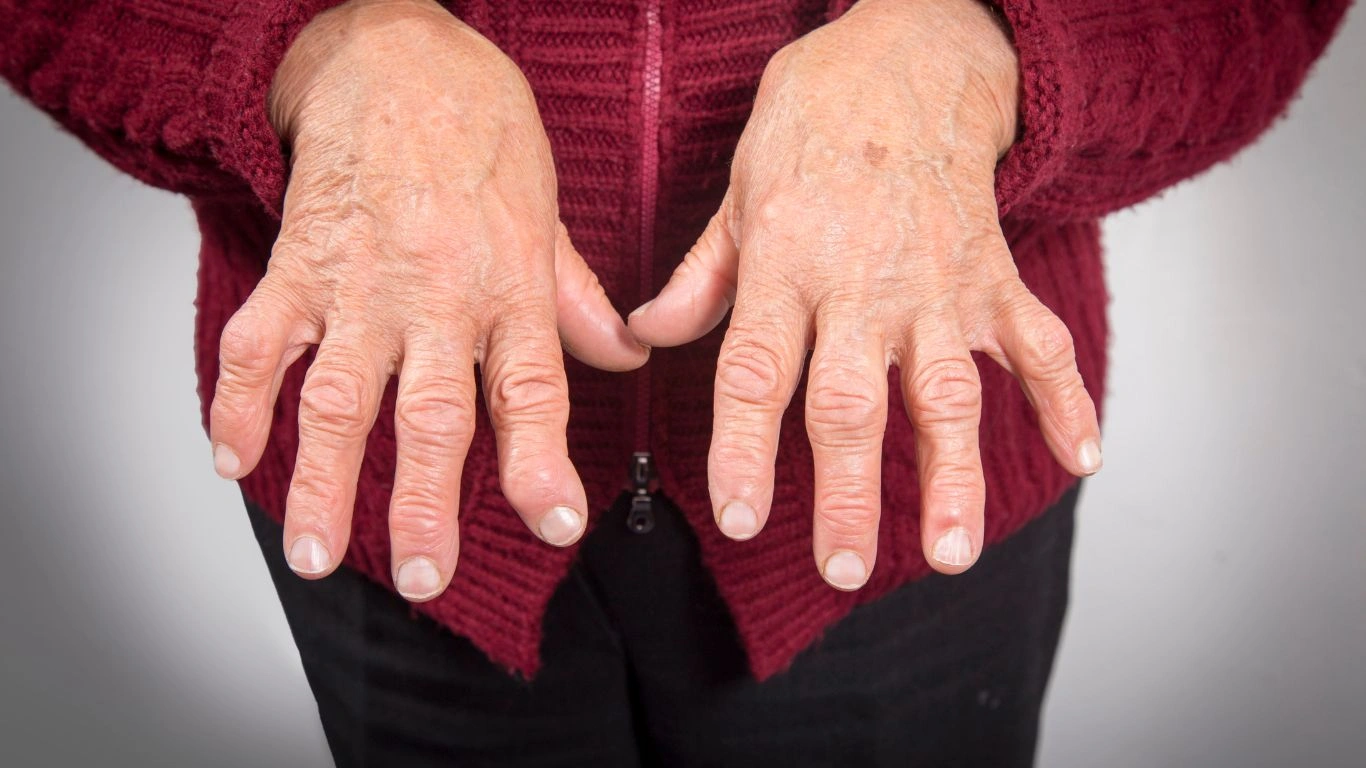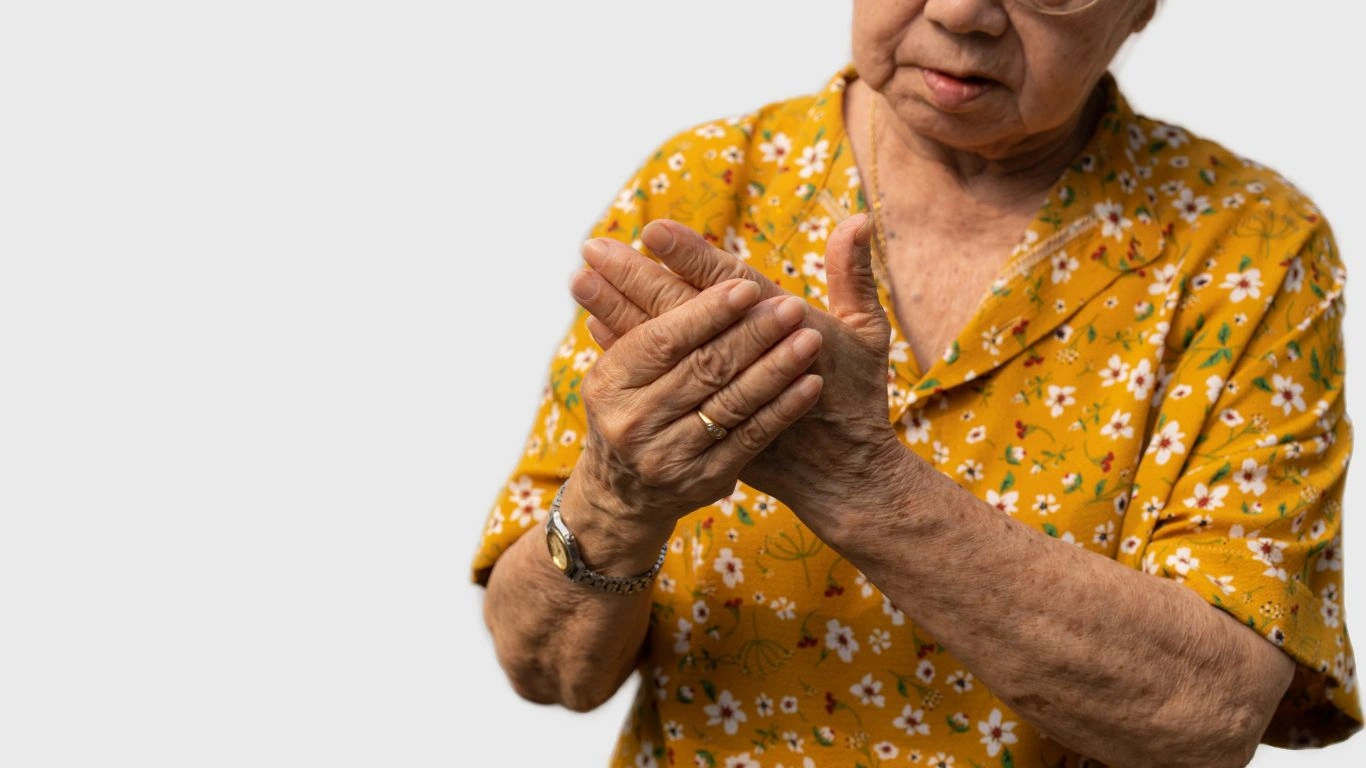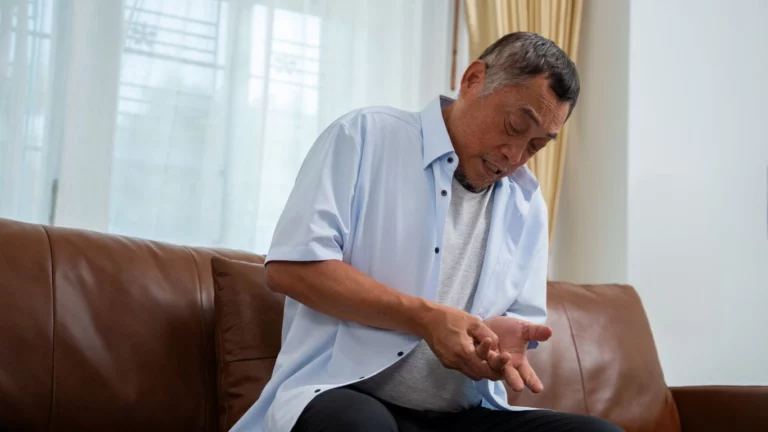Living with Rheumatoid Arthritis Daily – What It Really Feels Like
Living with rheumatoid arthritis (RA) every day can be a challenge. But with the right strategies, you can manage the pain, maintain your energy, and continue doing the things you love. Let’s take a closer look at what it’s like and how to make daily life easier while dealing with RA.
When you’re living with rheumatoid arthritis, it’s not just about managing flare-ups or following your treatment plan—it’s about finding ways to thrive every day, even when it feels like your joints are fighting back. If you’re wondering what it’s really like to live with RA on a daily basis, you’re not alone. In this article, we’ll dive into the nitty-gritty of day-to-day life with RA, share practical tips for managing symptoms, and give you a few tricks to help make things a little easier.

Why Living with RA Feels Like a Rollercoaster
Rheumatoid arthritis is an autoimmune condition that primarily affects your joints, but it doesn’t stop there. It can impact your whole body, causing inflammation, pain, and sometimes fatigue that can hit you when you least expect it. And the worst part? The symptoms can vary from day to day. Some mornings you might feel fine, and others—well, not so much.
One day you might be powering through a workout, and the next, just getting out of bed might feel like a huge feat. But with RA, it’s not just about the pain. The mental and emotional toll it can take is often overlooked. The unpredictability of the disease can be mentally draining. There’s a mental load that comes with constantly monitoring your symptoms, managing your treatments, and just figuring out how to make it through each day without overdoing it.
Managing the Pain – It’s Not Just About Medications
When it comes to managing RA pain, medications are often an essential part of the equation. Disease-modifying antirheumatic drugs (DMARDs) and biologics can help slow disease progression and reduce inflammation. But they aren’t magic bullets, and they don’t always work immediately. It’s not unusual to experiment with different treatments until you find what works for you.
But beyond medication, you’ve got to figure out what helps you cope with the pain on a daily basis. Heat and cold packs can be lifesavers. A warm shower or bath can help loosen up stiff joints in the morning, while ice packs might help reduce swelling later in the day. But sometimes, pain management is just about distraction. Watching your favorite show, listening to music, or even doing something creative can take your mind off the pain, at least for a little while.
Fatigue – The Invisible Battle

Fatigue is another major player when it comes to RA. If you’ve never experienced it, it’s hard to explain. It’s not just being tired after a long day. It’s an overwhelming, constant sense of exhaustion that no amount of coffee can fix. It’s like your body is running on empty, and no matter how much sleep you get, you still wake up feeling drained.
One of the best ways to manage fatigue is to prioritize rest. Listen to your body when it tells you to take a break. Short naps or even just sitting down for 10 minutes can make a huge difference. But don’t just rest physically—mental rest is important too. Try not to over-schedule yourself or take on too many commitments. You don’t have to do everything, and that’s okay.
Coping with Stiffness – Moving Through the Pain
Another daily reality of living with RA is joint stiffness. For many people with RA, mornings are the worst. Getting out of bed can feel like you’re moving through molasses, and it can take a while before your joints loosen up. It’s frustrating, but the key is consistency.
Gentle stretching or yoga can help loosen things up, but it’s important to start slow. Pushing through stiffness or pain can make things worse in the long run. A physical therapist or occupational therapist can also be a huge help when it comes to learning how to move and protect your joints throughout the day.
Eating for Joint Health – What’s on Your Plate?
Nutrition plays an important role in managing RA. While there’s no one-size-fits-all RA diet, many people find that anti-inflammatory foods can help reduce flare-ups. Omega-3 fatty acids, found in fatty fish like salmon and mackerel, are known to have anti-inflammatory properties. Antioxidant-rich foods like berries, leafy greens, and nuts can also be beneficial.
But don’t forget to balance your meals with enough energy to keep you going through the day. Since fatigue is such a big issue, eating small, balanced meals throughout the day can help maintain your energy levels. And if cooking feels like too much of a hassle some days, don’t hesitate to ask for help or lean on easy-to-prepare, nutritious meals.
Maintaining Mental Health – You Are Not Alone

Living with RA isn’t just about physical challenges; it’s about maintaining your mental well-being, too. Chronic pain and fatigue can bring you down, and the mental toll can feel just as heavy as the physical symptoms. That’s why staying connected with a supportive network is crucial. Whether it’s family, friends, or online communities, having people you can talk to about your struggles can help lighten the load.
Therapy, meditation, or journaling can also be helpful tools for managing the emotional side of RA. Cognitive-behavioral therapy (CBT) is particularly useful in helping people with chronic illnesses reframe their thoughts and develop healthier coping strategies.
Living with RA: Embrace Adaptability
The bottom line is, living with rheumatoid arthritis means embracing adaptability. Each day might look different, but it’s about finding your rhythm and doing what works for you. Whether it’s adjusting your daily routine, modifying your diet, or trying out different pain management techniques, the goal is to create a life that feels fulfilling, even in the face of the disease.
There will be days when you feel like RA is winning, but there will also be days when you feel strong and capable. It’s all about balance and finding the right tools to help you navigate your daily life with RA.
Appendices
Frequently Asked Questions (FAQs)
- Can RA symptoms change throughout the day? Yes, RA symptoms can vary from day to day. Some days you might experience more stiffness or pain, while other days, you may feel better. It’s important to listen to your body and adjust your activities accordingly.
- What are some natural remedies for RA pain? Natural remedies such as turmeric (curcumin), ginger, and omega-3 fatty acids may help reduce inflammation. However, always check with your doctor before starting any new treatments.
- How do I deal with fatigue from RA? Prioritize rest and avoid over-scheduling yourself. Short naps and taking breaks throughout the day can help manage fatigue. Listening to your body is key.
- Is exercise safe for people with RA? Yes, gentle exercises like swimming, walking, or yoga are great options. A physical therapist can help guide you in finding exercises that are safe and effective for your specific needs.
- Can diet really affect RA symptoms? Many people find that an anti-inflammatory diet—rich in omega-3s, antioxidants, and whole foods—can help manage symptoms. It’s worth experimenting with your diet to see what works for you.
References
- American College of Rheumatology. (2024). Managing Rheumatoid Arthritis: Treatment and Lifestyle Tips. Retrieved from www.rheumatology.org
- Smith, J. & Lee, P. (2022). Living with Chronic Pain: A Guide for RA Patients. Journal of Rheumatic Health, 45(3), 123-129.
- National Institute of Arthritis and Musculoskeletal and Skin Diseases. (2023). Understanding Rheumatoid Arthritis. Retrieved from www.niams.nih.gov
Disclaimer
The information provided in this article is for educational purposes only and should not be considered medical advice. Always consult with a healthcare provider for personal treatment recommendations and diagnosis.

Tarra Nugroho is a dedicated Nurse Practitioner with a strong foundation in family and preventive care. She brings both compassion and clinical expertise to her practice, focusing on patient-centered care and health education. As a contributor to Healthusias.com, Tarra translates medical knowledge into clear, empowering articles on topics like women’s health, chronic disease management, and lifestyle medicine. Her mission is simple: help people feel seen, heard, and informed—both in the clinic and through the content she creates. When she’s not caring for patients, Tarra enjoys weekend hikes, plant-based cooking, and curling up with a good health podcast.






